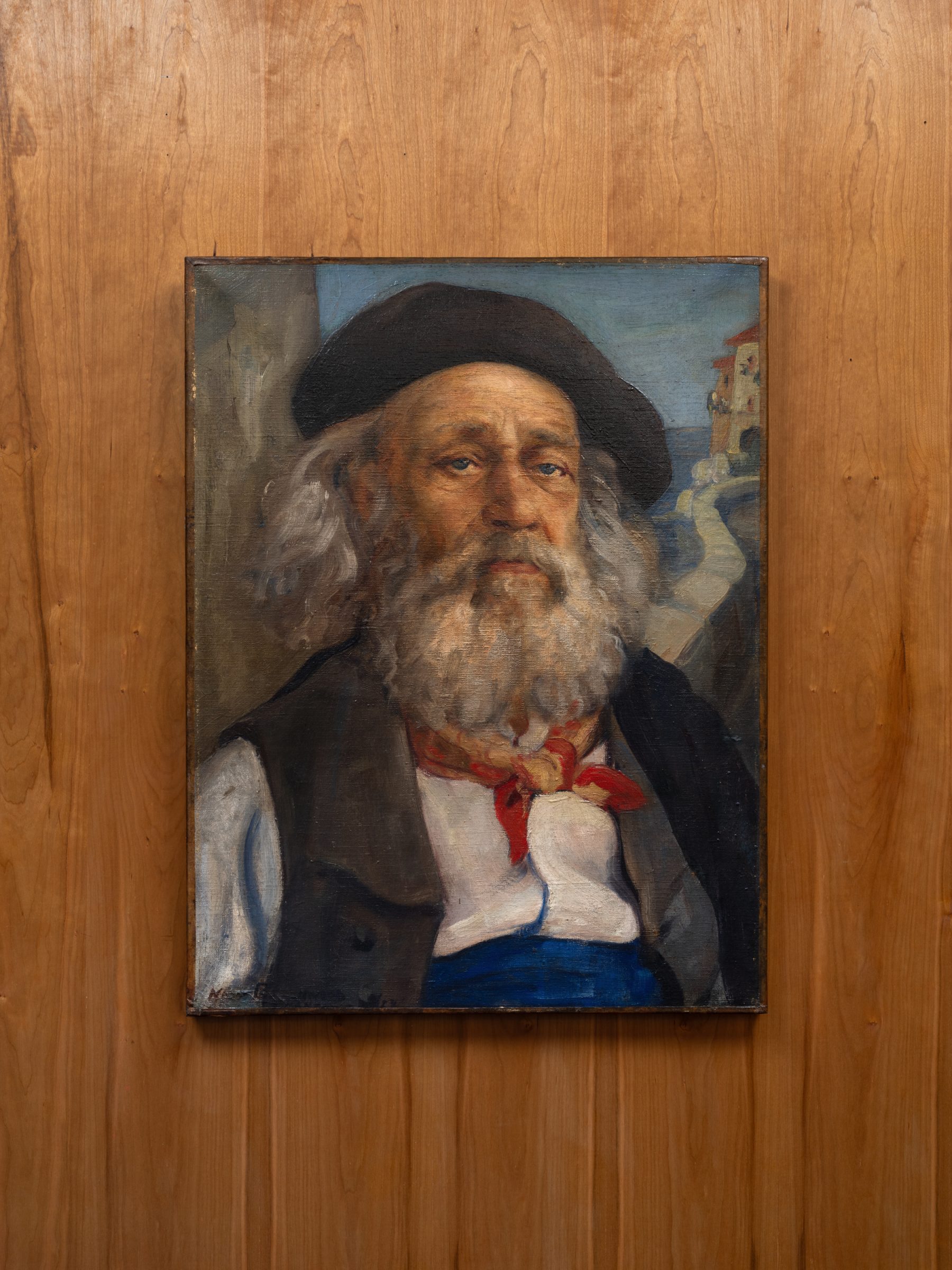Her work is part of the collections of:
Musée d’Art Moderne de Paris
Yan Du Collection, London
Boros Collection, Berlin
Philara Collection, Düsseldorf
X Museum, Beijing
Long Museum, Shanghai.

The Trail (Queen / Rabbit / Mad Hatter), 2022
38 x 35 in (96.52 x 88.90 cm)
Oil, Chain Stitch Embroidery (Thread)

Ernest Hemingway, The Old Man and the Sea

|

The Trail (Queen / Rabbit / Mad Hatter), 2022
38 x 35 in (96.52 x 88.90 cm)
Oil, Chain Stitch Embroidery (Thread)

Ernest Hemingway, The Old Man and the Sea

|

Oil on masonite
9 × 12 in. (22.7 × 30.5 cm)